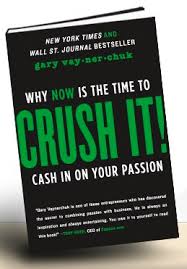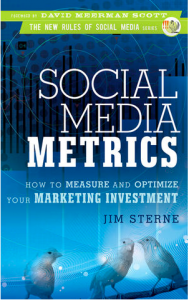 As a “newbie” to the e-commerce world, there were plenty of new topics for me to read about. I originally chose TwitterPower, but after seeing 3 other Twitter presentations, I switched books in an effort to learn something new, as well as present a new topic to the class.
As a “newbie” to the e-commerce world, there were plenty of new topics for me to read about. I originally chose TwitterPower, but after seeing 3 other Twitter presentations, I switched books in an effort to learn something new, as well as present a new topic to the class. YouTube for Business: Online Video Marketing for Any Business, by Michael Miller, focuses on all phases of YouTube marketing. This book is a how-to guide to producing a YouTube video to market a business. The book is clearly divided into different “how-to” sections, and provides a brief history of YouTube. I found the book to be basic, even for me, and focuses more on the technical side of filming a video, than on how to use YouTube to market a business.
As an amateur director, and a PC user, much of this book was not aimed at me. The book speaks about the different types of filming that can be used such as amateur, semi-professional, and professional. Video shooting advice that I found helpful included:
· The video should entertain, educate, or inform a viewer
· Select the purpose of the video – direct sales, promotion of a product or brand image
· Shorter is better – no more than 3-4 minutes is recommended by the author
· Less is more – keep videos simple, a YouTube broadcast is generally viewed at a small size making it difficult to focus on details in the video
I was unaware how much thought went into many of the YouTube campaigns launched. Before beginning to post videos on YouTube, a marketing plan must be made focusing on who the target audience is, and what they might find appealing. A how-to video may be work for product such as OxiClean, as opposed to building a brand like Nike (new soccer cleats) which may require a video expert presentation of a new product. The planning that goes into some of these “amateur” videos is remarkable.
Overall, this book is a quick read that focuses on all aspects of YouTube. The book goes into marketing strategies briefly, and discusses filming video at length. If you are planning on launching a YouTube channel this book will certainly help you start the site, as well as create some basic videos. I will use this book as a reference guide in the future if I begin working with YouTube.



 http://www.inc.com/magazine/20100501/the-oracle-of-silicon-valley.html
http://www.inc.com/magazine/20100501/the-oracle-of-silicon-valley.html








